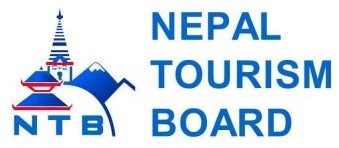Upper Dolpo Trek: A Complete Guide to Nepal's Remote Himalayan Wilderness

24th Mar, 2025
- teamramadventure
The Upper Dolpo Trek is one of Nepal’s most remote and culturally rich trekking experiences. Nestled behind the Dhaulagiri Himalayas and bordering Tibet, this off-the-beaten-path adventure is perfect for experienced trekkers looking to immerse themselves in raw Himalayan beauty, ancient Buddhist traditions, and unspoiled landscapes.
Table of Contents
This comprehensive guide covers everything you need to know before embarking on this epic journey — from altitude challenges and fitness tips to permits, timing, and cultural gems.
What is the Upper Dolpo Trek?
The Upper Dolpo Trek takes you deep into the Shey Phoksundo National Park, leading through barren high-altitude terrain, mystical monasteries, and traditional villages that have remained unchanged for centuries. The trek usually begins from Juphal, after a flight from Nepalgunj, and follows a rugged trail that climbs above 5,000 meters.
Due to its isolation and restrictions, Upper Dolpo has retained its Tibetan Buddhist heritage, making it not just a physical challenge but also a spiritual and cultural odyssey.
Trek Highlights
-
Shey Phoksundo Lake – Nepal’s deepest and most stunning alpine lake
-
Shey Gompa – An ancient monastery located at the foot of Crystal Mountain
-
High-altitude passes – Like Kang La (5,360m), offering breathtaking panoramic views
-
Traditional villages – Including Ringmo, Saldang, and Dho Tarap
-
Endangered wildlife – Including blue sheep, Himalayan musk deer, and snow leopards
Best Time to Do the Upper Dolpo Trek
Choosing the right season can make or break your trek. Here's what to consider:
Spring (April to May)
-
Best for: Clear skies, blooming flora, moderate weather
-
Pros: Stunning mountain views, fewer river crossings with high water
-
Cons: Can be slightly crowded by Dolpo standards
Autumn (September to October)
-
Best for: Stable weather, crisp air, golden landscapes
-
Pros: Excellent visibility, pleasant temperatures
-
Cons: Nights can start getting cold at higher altitudes
Monsoon (June to August) and Winter (November to March)
-
Not recommended due to heavy rain, snow-blocked passes, and flight delays.
👉 Pro Tip: Upper Dolpo lies in a rain shadow area, so it’s relatively dry even during monsoon. If you must go in summer, it’s still possible — just prepare for leeches and humidity at lower elevations.
Permits and Costs for Upper Dolpo
Trekking in Upper Dolpo requires multiple permits due to its restricted status:
Mandatory Permits:
-
Upper Dolpo Restricted Area Permit – $500 per person for 10 days, then $50/day
-
Shey Phoksundo National Park Entry Permit – NPR 3,000 (approx. $25)
-
TIMS Card (Trekkers Information Management System) – Not always required if going with a registered agency
Additional Costs:
-
Flight to Juphal (via Nepalgunj): ~$250–300 round trip
-
Guide and Porter Fees: ~$30–40/day for guides; $20–25/day for porters
-
Trekking Agency Package (optional): $2,500–4,000 for a 20–25 day trip
👉 Note: Independent trekking is not allowed in Upper Dolpo. You must go through a government-registered trekking agency with a licensed guide.
Altitude and Fitness Tips
Trek Profile:
-
Highest Point: Kang La Pass – 5,360 meters (17,585 ft)
-
Average Duration: 20–25 days
-
Difficulty: Challenging
Fitness Preparation:
-
Cardio endurance – At least 3 months of hiking, running, or cycling
-
Strength training – Especially core and legs
-
High-altitude exposure – If possible, practice hiking above 3,000m
Acclimatization Tips:
-
Ascend slowly — follow the “climb high, sleep low” rule
-
Include at least 2 acclimatization days (e.g., at Dho Tarap or Shey Gompa)
-
Stay hydrated and avoid alcohol
Cultural Highlights of Upper Dolpo
Upper Dolpo is not just a trek — it’s a cultural pilgrimage into one of the last surviving pockets of ancient Bon and Tibetan Buddhist traditions in Nepal.
Key Cultural Sites:
-
Shey Gompa – A 800-year-old monastery, central to the famous book The Snow Leopard by Peter Matthiessen
-
Crystal Mountain – A sacred pilgrimage site where locals perform annual circumambulations
-
Bonpo Traditions – Pre-Buddhist spiritual practices that coexist with Tibetan Buddhism
-
Traditional Dress & Architecture – Stone houses, mani walls, and prayer flags paint a vivid picture of life untouched by time
Local Festivals:
-
Yartung Festival (August) – Horse racing and celebrations in the Dho Tarap Valley
-
Shey Festival (every 12 years) – Thousands of pilgrims gather at Shey Gompa
Essential Packing List
-
Trekking boots & warm layers (it gets very cold above 4,000m)
-
Sleeping bag rated for -10°C or colder
-
Water purification system
-
Power bank or solar charger
-
Trekking poles, sunglasses, sunblock
-
First aid kit including AMS meds like Diamox
-
Snacks & high-calorie food for energy at high altitudes
Why Choose the Upper Dolpo Trek?
If you're an adventure seeker craving solitude, natural grandeur, and a deep dive into authentic Himalayan culture, Upper Dolpo delivers it all.
-
Far fewer trekkers compared to Annapurna or Everest
-
High-altitude wilderness and sacred mountains
-
Untouched Tibetan Buddhist culture
-
Unique wildlife and surreal landscapes
The Upper Dolpo Trek is one of Nepal’s best-kept secrets — remote, rugged, and resoundingly beautiful. While it demands physical and mental resilience, the rewards are soul-stirring: pristine nature, profound culture, and personal transformation.
Whether you're a seasoned trekker or a cultural explorer, Upper Dolpo offers a once-in-a-lifetime Himalayan experience.


 Plan Your Trip Now
Plan Your Trip Now 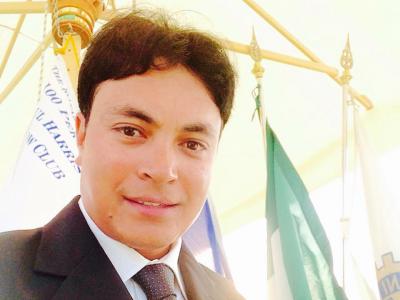










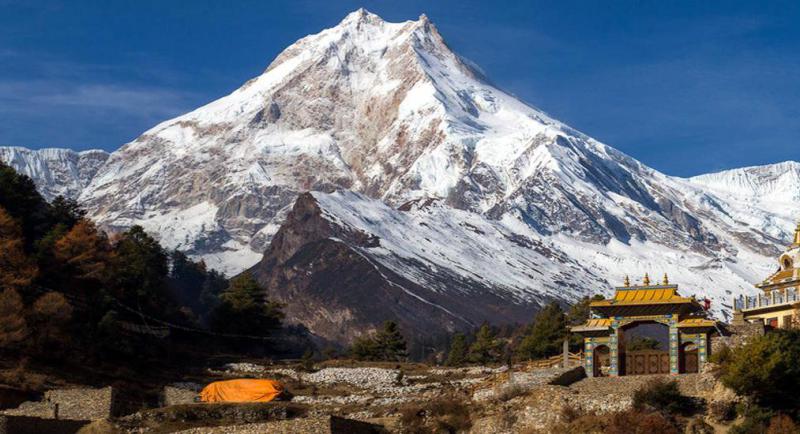

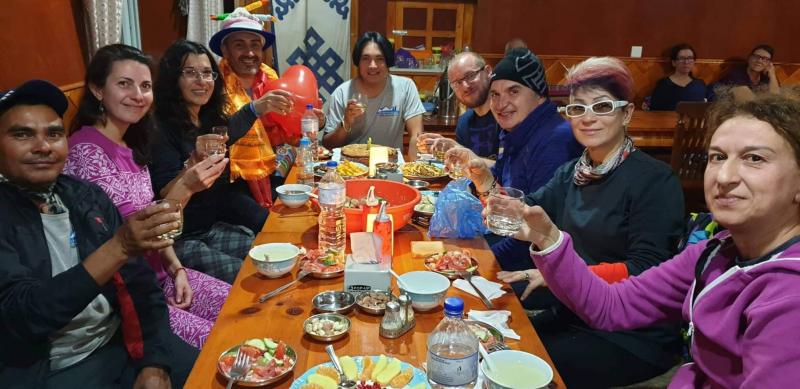









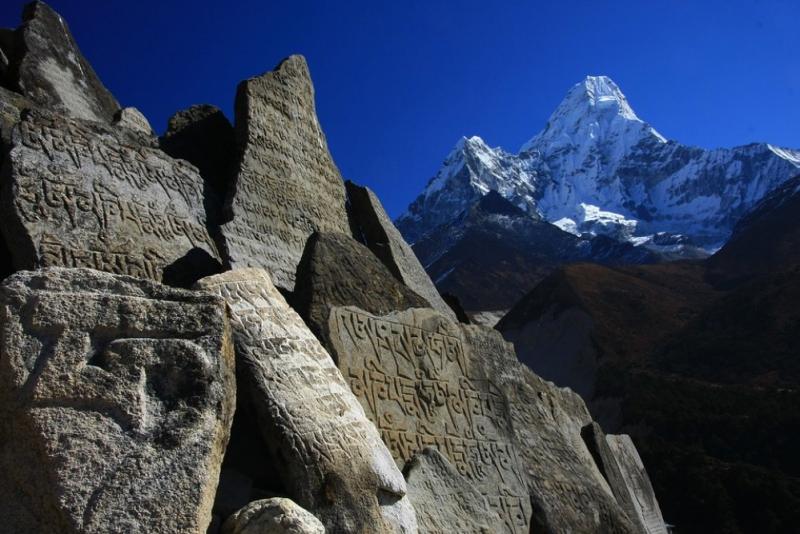






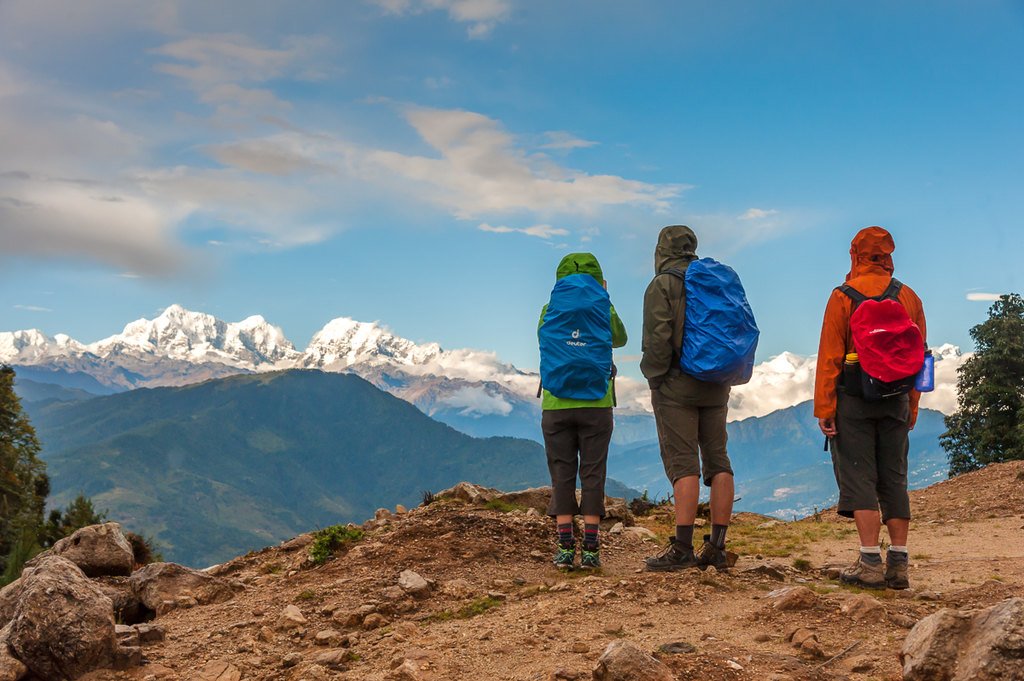
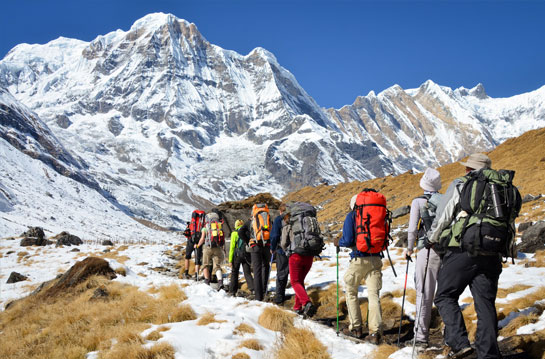
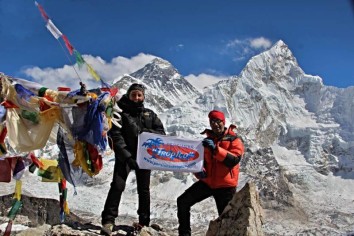






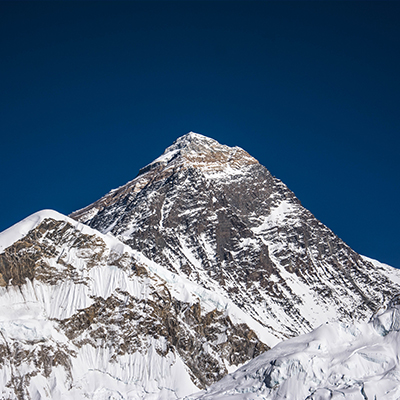


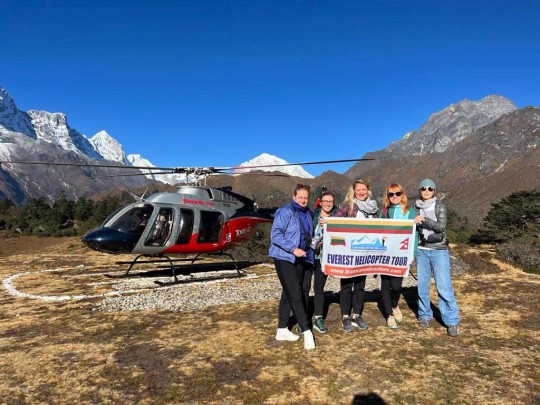



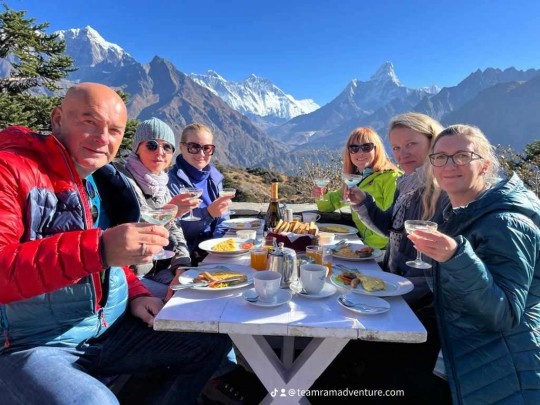







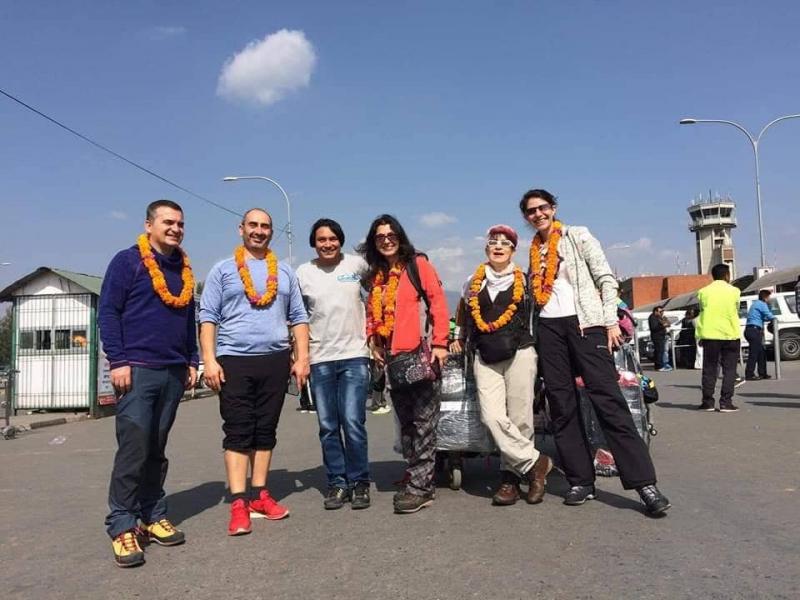












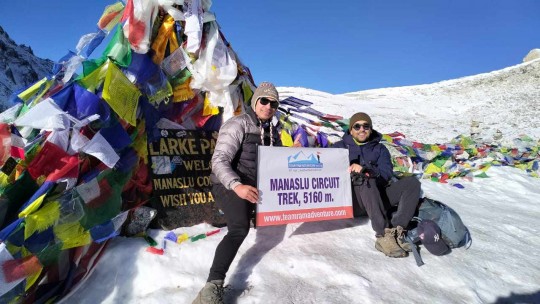
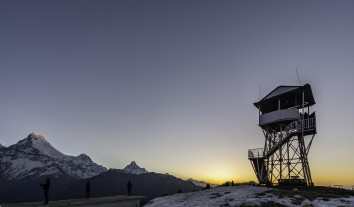
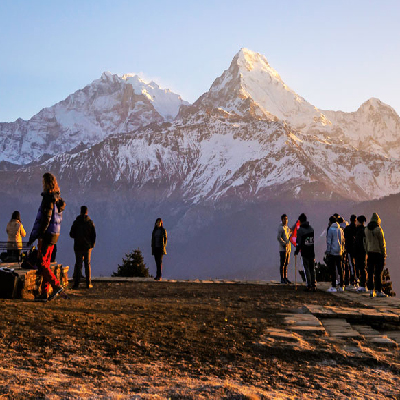










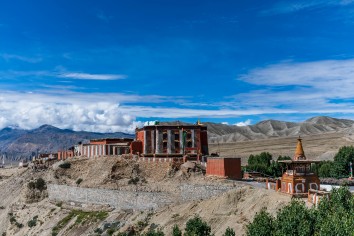


.jpg)







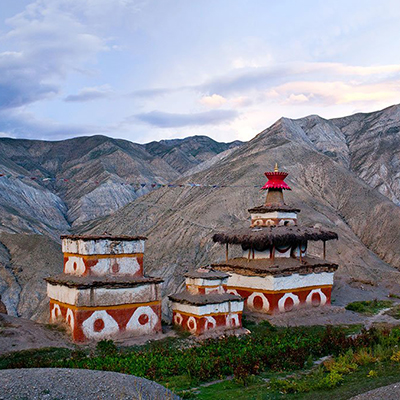
.jpg)


.jpg)

